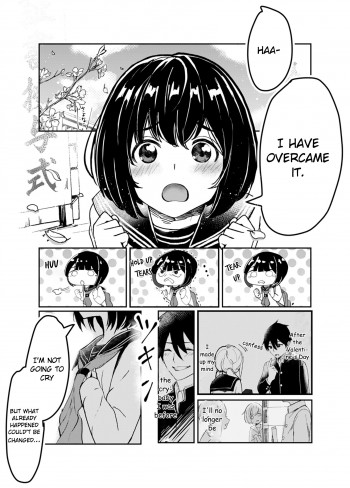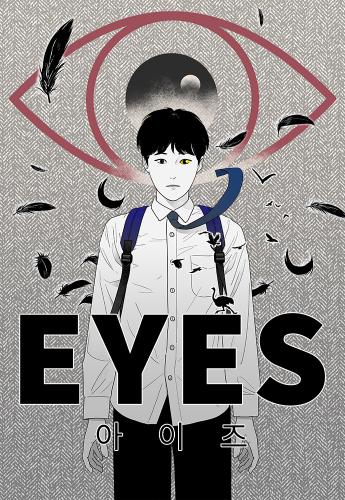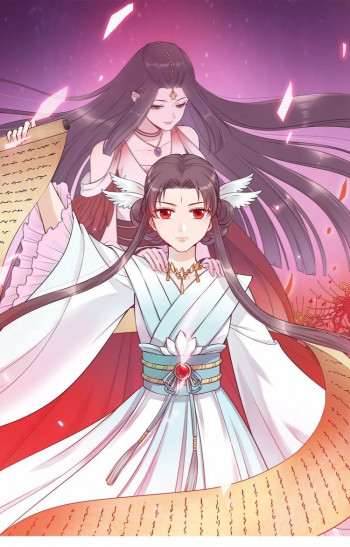Tristan: Finding Hope (Nova 3.5) by Jessica Sorensen is a poignant exploration of grief, identity, and the struggle for connection in a world that often feels isolating. This installment in the Nova series dives deep into the psyche of Tristan, a young man grappling with the aftermath of a profound loss that has rendered him almost invisible to those around him. Sorensen's ability to weave emotional depth into her characters is evident, making this book a compelling read for anyone who has ever felt lost or disconnected.
The narrative begins with Tristan, who embodies the feeling of being a ghost in his own life. After the death of someone close to him, he finds himself enveloped in a fog of sorrow that alienates him from his family. This sense of invisibility is a powerful metaphor for the way grief can isolate individuals, even from those who love them. Sorensen captures this sentiment beautifully, illustrating how Tristan's pain manifests in self-destructive behaviors and a reckless lifestyle. The author does not shy away from the darker aspects of Tristan's journey, portraying his struggles with raw honesty.
One of the most striking elements of the book is the introduction of Avery, a character who serves as both a mirror and a beacon for Tristan. With her purple-streaked hair and tattoos, Avery is an embodiment of individuality and resilience. Her warm smile contrasts sharply with the sadness in her hazel eyes, hinting at her own battles. The chemistry between Tristan and Avery is palpable, and their relationship evolves in a way that feels both organic and necessary. Avery's ability to truly see Tristan, to recognize his pain and potential, becomes a turning point in his journey toward healing.
The theme of connection is central to the narrative. Sorensen skillfully illustrates how relationships can be both a source of salvation and a potential pitfall. As Tristan grapples with his feelings for Avery, he is faced with the fear of vulnerability and the risk of opening up to someone who might pull him back into the darkness he has been trying to escape. This tension is expertly crafted, making readers root for Tristan while also understanding the complexities of his emotional landscape.
Character development is a hallmark of Sorensen's writing, and Tristan: Finding Hope is no exception. Tristan's evolution from a lost soul to someone who begins to confront his grief is both heart-wrenching and inspiring. The author does not provide easy answers or a quick resolution; instead, she allows Tristan's journey to unfold at a realistic pace. This approach lends authenticity to his struggles and triumphs, making his eventual steps toward hope feel earned rather than contrived.
Avery, too, is a richly developed character. Her backstory, hinted at through her interactions with Tristan, adds layers to her personality. She is not merely a love interest; she is a complex individual with her own scars and secrets. Sorensen's ability to create multifaceted characters enhances the emotional weight of the story, allowing readers to connect with both Tristan and Avery on a deeper level.
The writing style in Tristan: Finding Hope is engaging and evocative. Sorensen's prose flows smoothly, with vivid imagery that brings the characters' emotions to life. The dialogue feels authentic, capturing the nuances of young adult interactions and the struggles of navigating relationships in the face of personal turmoil. The pacing is well-balanced, with moments of tension and reflection that keep readers invested in the story.
In terms of themes, the book delves into the complexities of grief, the importance of self-acceptance, and the transformative power of love and friendship. Sorensen's exploration of these themes resonates with anyone who has faced loss or felt the weight of their own emotional struggles. The message that healing is a journey, often fraught with setbacks and challenges, is delivered with sensitivity and care.
Comparatively, Tristan: Finding Hope shares thematic similarities with other young adult novels that tackle grief and identity, such as The Fault in Our Stars by John Green and All the Bright Places by Jennifer Niven. However, Sorensen's unique voice and focus on the male perspective in dealing with grief set this book apart. While both Green and Niven explore the impact of loss, Sorensen's portrayal of Tristan's internal struggles provides a fresh lens through which to view these universal themes.
Overall, Tristan: Finding Hope is a beautifully crafted story that resonates on multiple levels. Jessica Sorensen has created a narrative that is both heart-wrenching and hopeful, inviting readers to reflect on their own experiences with loss and the importance of connection. The journey of Tristan and Avery is one that will linger in the minds of readers long after they turn the final page, making this book a must-read for anyone seeking a story that captures the complexities of the human experience.
In conclusion, if you are looking for a heartfelt exploration of grief, identity, and the power of love, Tristan: Finding Hope is a compelling choice. Sorensen's ability to create relatable characters and evoke deep emotions makes this book a standout in the young adult genre. It is a reminder that even in our darkest moments, there is always the possibility of finding hope.











![I Became the Young Villain's Sister-in-Law [Official]](/upload/pic/manga/i-became-the-young-villains-sister-in-law--official-.jpg)












Reviews 0
Post a Reviews: